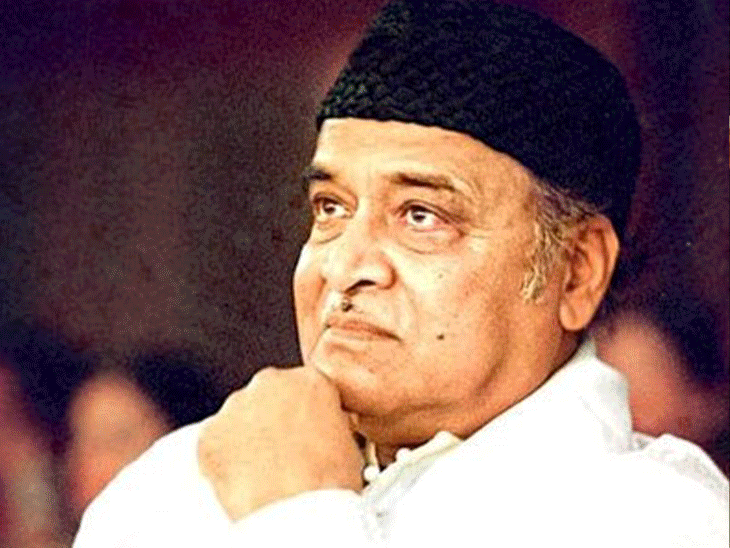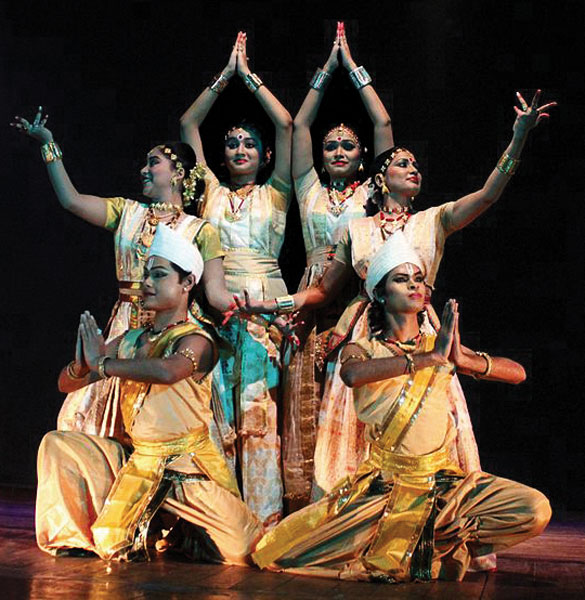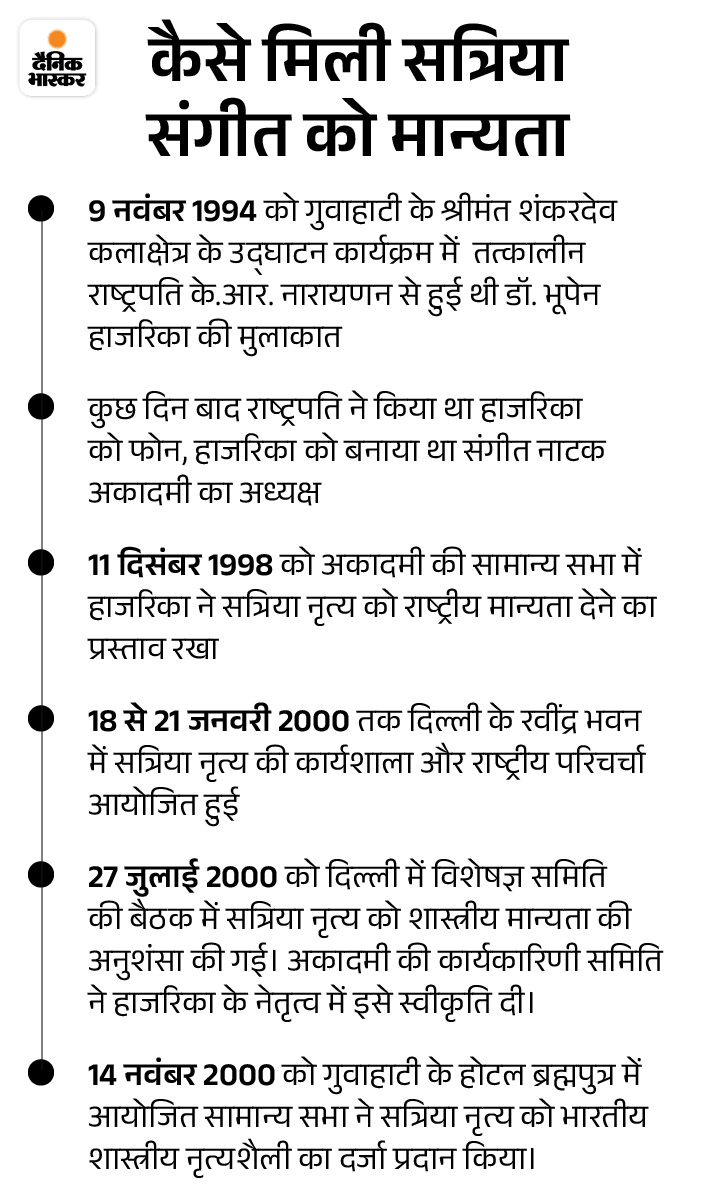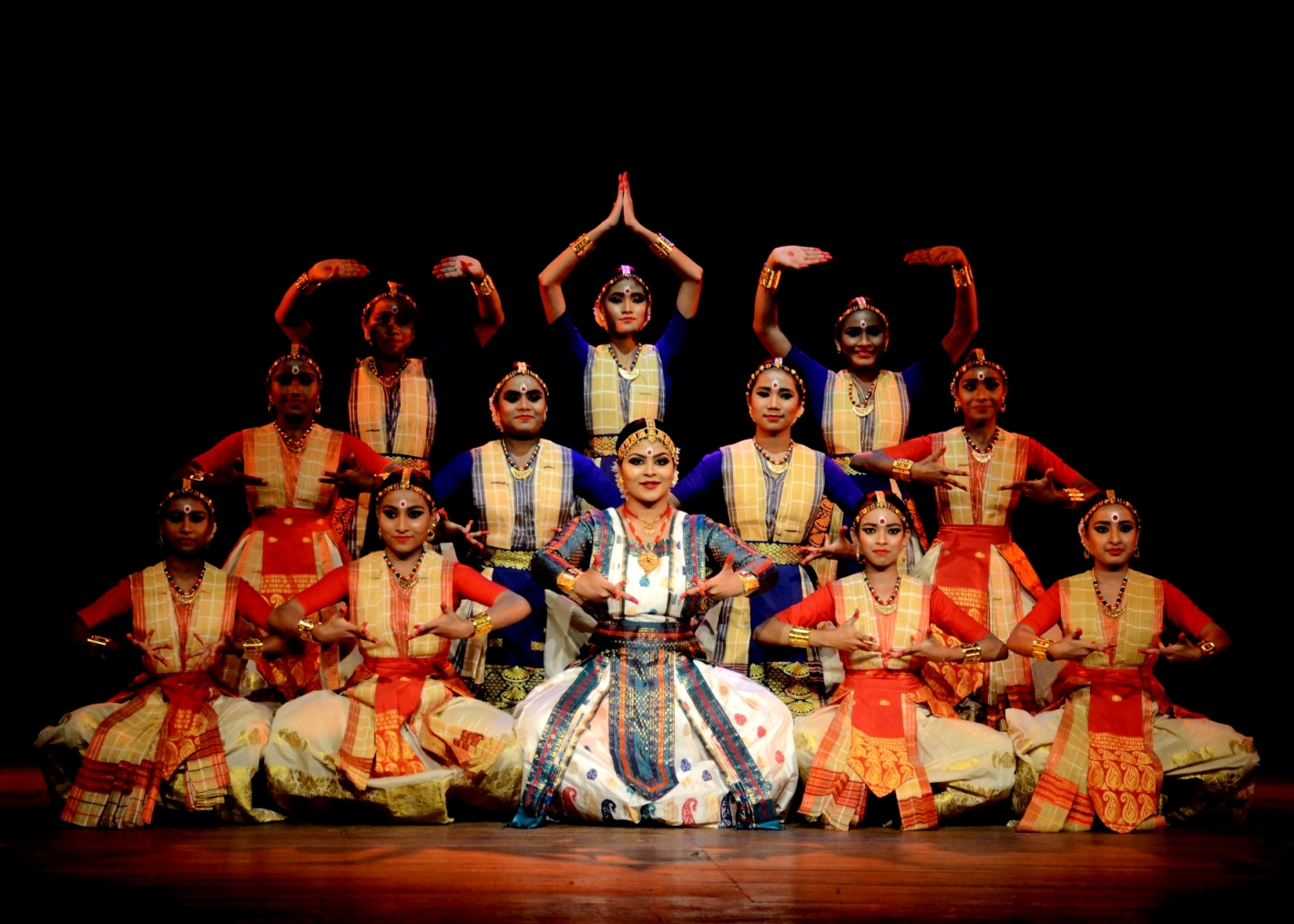Guwahati2 minutes ago
- Copy link

Dr. Bhupen Hajrik’s important role in giving Satsariya dance the status of Indian classical dance style
Assam’s Satria dance got the status of Indian classical dances and 5 years in September. Famous Assamese artist Dr. Bhupen Hazarika played an important role in giving Satsariya dance the status of Indian classical dances. Assam was a historical achievement for the cultural heritage.
Writer and lyricist Sadanand Gogoi told the story of Hazarika’s appointment to the post of President of Sangeet Natak Akademi to recognize the Satsariya dance.
President Narayanan told Hazarika- you have to come to Delhi
The year 1994, the date was 9 November. Srimanta Shankardev Kalakshetra was full of Chahal -Pahl. Srimanta Shankardev Kalakshetra was formed in Panzabari after a six -year Assam movement agreement. The state had the AGP government led by Prafulla Mahant. That day to inaugurate the Kalakshetra, the then President of India K. R.K. Narayanan came.
Dr. Bhupen Hazarika of Assam was a special guest of this program at the invitation of the state government. Dr. Hazarika composed a song according to the same ritual and sang it with music. As if the song was his main speech. President KR. Narayanan continued to listen to that unique tone and saw the glimpse of the diverse culture of Assam and the creation of great men in Bhupen Da’s song. At the end of the program, the President bowed to him and said – “Dr. Hazarika, You will come to Delhi.” Dr. Hazarika did not understand why he would have to go to Delhi. (Although he was not even a person thinking for long.)

The history of the Satria dance is more than five hundred. It is prevalent in religious rituals in Assam. -File photo
Give the phone early, the President will talk
It is a few days later. Dr. Hazarika was resting in his house in Nijarapar after having lunch. Then the phone rang. In the second room, his nephew Sandeep (Tuto) picked up the receiver. He said on the phone, “Give Dr. Hazarika, the President will talk.” Tuto replied, “They are resting after meals, will call in a while.” Answer came from the front, “Give the phone early, the President of India will talk.”
Tutto ran into the room and said – “Badeuta (Tauji)! Pick up the phone, the President of India will talk.” Immediately he picked up the phone. On the other side, President Narayan said (in English). “Dr. Hazarika I have approved your name for the post of President of Sangeet Natak Akademi. Soon you should take charge.” Telephone talks ended with thanks and best wishes.
A few days later, a joint secretary of the Ministry of Culture, Government of India, called this writer (Sadanand Gogoi) and said that Dr. Hazarika’s fax number is needed. Since there was no fax machine at his house, I gave my number. The appointment letter came on fax within half an hour. The Joint Secretary again called and said that today the charge letter will have to be sent back. I signed the permission letter on the same number by signing Dr. Hazarika.
As the chairman, he put full energy in the work of recognizing the session, Kaduvatam and Jhau dance as a classical dance style as a classical dance. Due to the aging of Dr. Hazarika, he used to get a colleague. They made me their partner. That is why in most of his meetings at the expense of Sangeet Natak Akademi, I also got an opportunity to stay together informally. It was a matter of great fortune for me that I was closely met with the great classical musicians and artists of India because of Bhupen Da.

In 1998, Dr. Hajarika proposed to give national recognition to the Satria dance style Efforts were made by the well -known litterateur Dr. Maheshwar Neug to recognize the Satria dance and music style of Indian classical music. But this could not be fulfilled due to any unknown reason. But Dr. Bhupen Hajarika took the responsibility of completing this great work during his tenure.
Just three days after taking charge, that is, on 11 December 1998, at the general assembly of the Academy, Dr. Hajarika proposed to give national recognition to the Satria dance style. For this, a high -level committee was formed, whose task was to submit a detailed report on the Satria culture. The members of the committee were- Pradeep Jyoti Mahant (Chairman), at that time Himanshu Shekhar Das, Commissioner of Cultural Department, Assam Government Himanshu Shekhar Das, Nrityaacharya Jatin Goswami, Navakmal Bhuiyan and Dr. Jagannath Mahant. This apex committee submitted the report to the academy through the Cultural Department of the Government of Assam before time.
As the chairman, Dr. Hazarika formed an expert committee to investigate the report of this top committee. Experts were- Famous dance critic Dr. Sunil Kothari, classical dancer Dr. Sonal Mansingh, Vice President and Academy Member of Indian Women Journalist Corp, Shanta Sarabjit Singh, Secretary and Kathak dancer Jayant Kastuwar, Hemanshu Shekhar Das of Assam, Nrityacharya Jatin Jatin Goswami and playwright-Abhiyata Dulal Roy.
From 18 to 21 January 2000, various dance artists from Assam organized a Satria dance workshop at Rabindra Bhavan. Along with this, there was a national discussion on the Satria dance, in which scholars like Dr. Keshavanand Dev Goswami, Dr. Sunil Kothari, Jatin Goswami, Raseshwar Shaikhia Borbayan etc. participated. Dr. Bhupen Hazarika was also present in this discussion. Similarly, another workshop was held at Tirthanath Sharma Bhawan in Chandamari.
The expert committee of the Academy recommended a classical recognition to the Satria dance in a meeting held in Delhi on 27 July 2000. Now the approval of the Executive Committee of the Academy was necessary. Approval was received under the leadership of Dr. Hazarika. Finally, on 14 November 2000, the general assembly of the academy held at Hotel Brahmaputra in Guwahati recognized the Satria dance as an Indian classical dance sheet. It was a golden day in the cultural world of Assam.

On 14 November 2000, the Satria dance was recognized as an Indian classical dance style.- File photo
This was not easy, some people stood up in protest
This effort was not easy. Some members of the Academy objected to the general assembly saying that Satria should not be considered classical. Some even filed a lawsuit in the court that this dance should be conical, not Satsariya. On this, in the general assembly, Dr. Hazarika asked Himanshu Shekhar Das to answer these objections, “Himanshu, Chunga Chai, Soup.” (That is to answer with intelligence) Shri Das presented concrete arguments.
After this, Chairman Bhupen Hajarika stood up and unanimous the presidential order and passed the resolution of the status of Indian classical dance -style to the Satria dance. This dance, prevalent in Assam’s sessions (Assam’s religious rituals) for more than five hundred years, was now valid as a classical dance style at the all -India level. This historical achievement of Satria dance was announced at Ravindra Bhavan, but due to illness, Dr. Hazarika could not go there. This announcement was eventually made by Secretary Jayant Kastuvar. Assamese society will always be grateful to Dr. Bhupen Hajarika.



